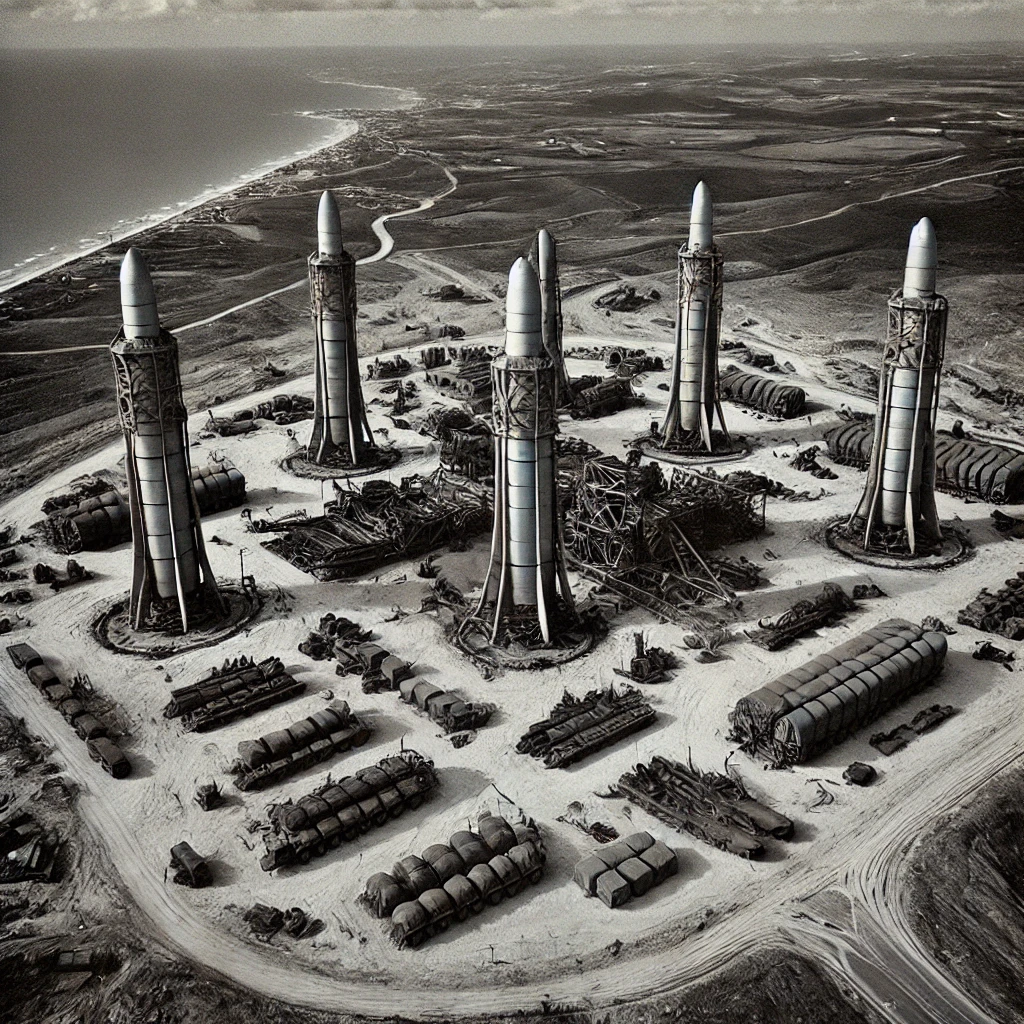In October 1962, the world stood on the brink of nuclear war during one of the most intense confrontations of the Cold War: the Cuban Missile Crisis. This pivotal event unfolded over 13 tense days, beginning when U.S. reconnaissance flights discovered Soviet missile installations in Cuba, just 90 miles from the American coast. The crisis marked a significant escalation in the Cold War and brought the United States and the Soviet Union closer to nuclear conflict than ever before.

The Prelude to the Crisis
The roots of the Cuban Missile Crisis can be traced back to the broader context of U.S.-Soviet relations and the geopolitical landscape of the early 1960s. Following Fidel Castro’s revolution in Cuba in 1959, the island nation became a focal point of Cold War tensions, as Castro aligned with the Soviet Union. The failed Bay of Pigs invasion in April 1961, orchestrated by the U.S. government to overthrow Castro, heightened animosities between the two superpowers and solidified Cuba’s ties with the Soviet Union.
In the summer of 1962, Soviet Premier Nikita Khrushchev decided to place nuclear missiles in Cuba as a means to counteract U.S. missile installations in Turkey and to protect the Cuban regime. This decision was made under the belief that nuclear parity could deter U.S. aggression and strengthen the Soviet position in the Western Hemisphere. The secret deployment of these missiles set the stage for a confrontation that would unfold in October.

The Discovery and Response
The crisis erupted when a U.S. U-2 spy plane captured photographic evidence of Soviet missile sites in Cuba on October 14, 1962. President John F. Kennedy was informed of the discovery the following day, leading to a series of high-stakes meetings with his advisors and military leaders. Faced with the prospect of nuclear missiles so close to U.S. soil, Kennedy understood the gravity of the situation and the need for a decisive response.
After careful deliberation, Kennedy opted for a naval blockade, officially termed a “quarantine,” to prevent further Soviet shipments of military equipment to Cuba. On October 22, he addressed the nation, revealing the existence of the missiles and outlining the U.S. response. Kennedy’s measured approach aimed to avoid immediate military confrontation while asserting U.S. resolve in the face of perceived aggression.
The Brink of Nuclear War
As the blockade went into effect, tensions escalated. Soviet ships approached the quarantine line, and military forces on both sides prepared for potential conflict. The situation reached a fever pitch on October 27, when a U-2 spy plane was shot down over Cuba, and military leaders in the U.S. advocated for a strike against the missile sites. The world watched anxiously as the two superpowers stood on the brink of nuclear war.

In a last-ditch effort to defuse the crisis, Kennedy and Khrushchev engaged in a series of communications. Ultimately, both leaders recognized the catastrophic consequences of a nuclear confrontation and sought a diplomatic resolution. On October 28, 1962, Khrushchev announced the withdrawal of Soviet missiles from Cuba in exchange for a U.S. commitment not to invade the island and the secret removal of U.S. missiles from Turkey.
The Aftermath and Legacy
The Cuban Missile Crisis had profound implications for U.S.-Soviet relations and the global balance of power. In the immediate aftermath, both nations recognized the necessity of improved communication to prevent future conflicts. The crisis led to the establishment of the “hotline” between Washington and Moscow, enabling direct communication between the two superpowers.
Moreover, the crisis highlighted the dangers of nuclear weapons and the need for arms control. It spurred subsequent negotiations, leading to treaties aimed at reducing the nuclear threat, such as the Partial Nuclear Test Ban Treaty of 1963. The events of October 1962 reinforced the importance of diplomacy and negotiation in addressing international conflicts.
The Cuban Missile Crisis of October 1962 was a defining moment in the Cold War, illustrating the fragility of peace in a world armed with nuclear weapons. The 13 days of high-stakes diplomacy and tension tested the resolve of both the United States and the Soviet Union and ultimately demonstrated the necessity of dialogue in preventing global catastrophe. As we reflect on this pivotal event, we acknowledge its lasting impact on international relations and the ongoing quest for peace in a world fraught with tension and uncertainty. The lessons learned from the Cuban Missile Crisis continue to resonate today, reminding us of the importance of vigilance, diplomacy, and cooperation in navigating the complexities of global politics.
